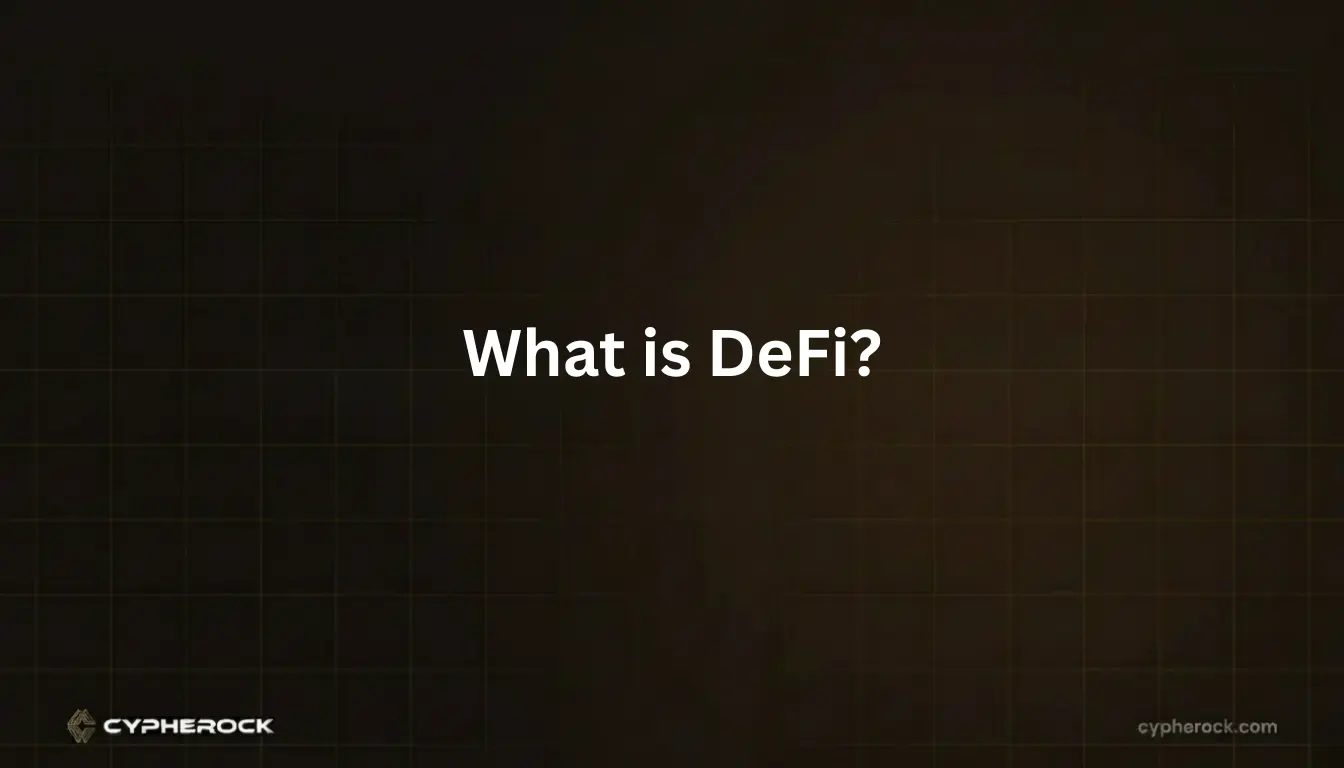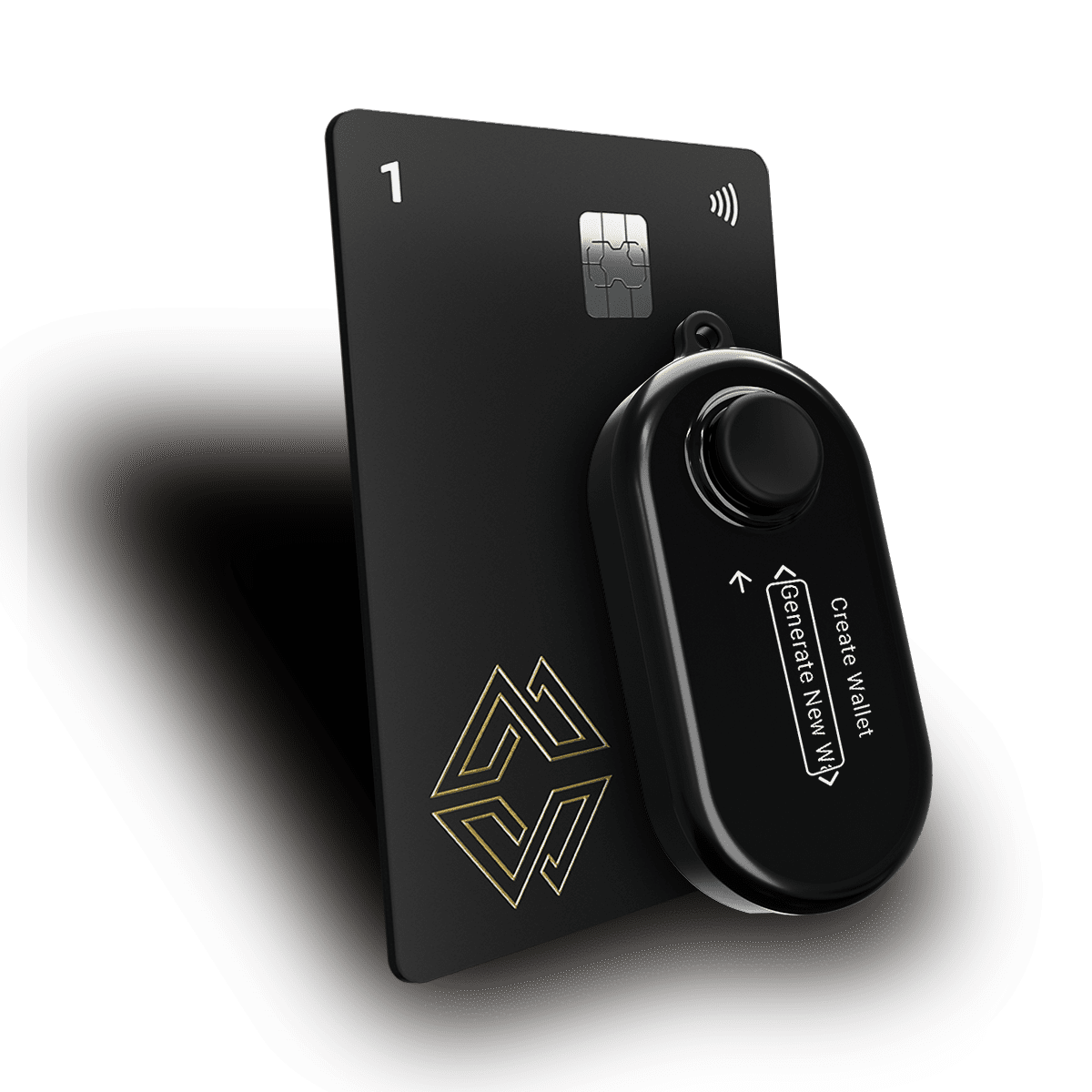

Traditional finance relies on banks, brokerages, and clearing houses to move money, settle trades, and underwrite loans. But what if those middlemen could be replaced by open software that runs 24/7, never sleeps, and enforces rules without human intervention? That idea is the heart of what is DeFi and why millions of people are exploring it in 2025.
In plain terms, what is DeFi means asking how blockchains and smart contracts recreate financial services without centralized gatekeepers. If you want a concise defi meaning, think of DeFi as programmable money: lending, trading, and earning yield driven by code rather than corporate policy. This guide explains what is DeFi, how it works, practical use cases, benefits, risks, and a safe starter checklist for beginners.
When people ask what is DeFi, they usually want a simple, practical explanation. DeFi stands for decentralized finance: a set of blockchain-based applications that offer financial services, like lending, borrowing, trading, and insurance, without banks or traditional intermediaries. Instead of trusting a company to hold your funds, you interact directly with smart contracts that enforce rules transparently.
A clear defi meaning is: open, permissionless financial infrastructure built on public blockchains. Unlike centralized services, DeFi systems let anyone with a wallet participate, subject only to on-chain rules. The term defis refers to the many protocols and apps that together form this new stack.
Put another way, asking what is DeFi is like asking what the internet did for publishing: DeFi does for finance what open protocols did for information, removing gatekeepers and enabling a broader set of participants to create and access services. In short, what is DeFi? It’s money re-imagined as software.
To grasp what is DeFi, it helps to walk through the basic technical building blocks—what makes the ecosystem function:
A typical flow shows how these pieces fit: a user signs a transaction in their wallet → dApp sends that instruction to a smart contract → smart contract updates the blockchain ledger. That sequence answers the question: what is DeFi with an operational picture: software + cryptography + economic incentives.
Answering what is DeFi becomes concrete when we look at popular applications that real users rely on.
DEXs like Uniswap and SushiSwap let users swap tokens directly from their wallets. Liquidity providers earn fees, and trades execute against pools, illustrating what is DeFi in action.
Lending platforms automate interest rates and collateral rules via smart contracts. Borrowers overcollateralize assets to take loans, and lenders earn interest—a core example of what is DeFi primitives.
Staking helps secure proof-of-stake chains and provides yield to participants. Some users stake native tokens or defi coin tokens to participate in governance and earn rewards.
Platforms create tokenized versions of fiat, commodities, or indexes, allowing traders to gain exposure on-chain. These applications highlight advanced defi technologies in practice.
Insurance protocols pool funds to compensate users after hacks or protocol failures. Insurance is a growing piece of the defis puzzle that makes risk management possible on-chain.
Each use case helps answer what is DeFi by showing the practical services built on decentralized infrastructure.
When people ask what is DeFi, they’re often trying to understand why DeFi matters. Key advantages include:
These benefits capture the core of what is DeFi: a more open, programmable, and inclusive financial ecosystem.
Explaining what is DeFi without acknowledging risks would be incomplete. DeFi presents important challenges:
Mitigation strategies include due diligence, relying on audited protocols, using well-known defis with strong track records, and securing keys in hardware wallets. When people ask what is DeFi, part of the answer is that responsibility shifts to users, security and prudence matter.
If you’re exploring what is DeFi, follow this short, practical roadmap:
This checklist highlights how what is DeFi translates into practical steps you can take today.

Q1: What is DeFi in simple terms?
A: What is DeFi? DeFi is decentralized finance: blockchain-based apps that offer financial services without central intermediaries.
Q2: What is a DeFi coin?
A: A defi coin is a token associated with a DeFi protocol, often used for governance, staking, or incentives.
Q3: Are DeFi apps safe?
A: Some are safer than others. Use audited projects, start small, and secure keys in cold storage to reduce risk.
Q4: What are DeFi technologies?
A: Defi technologies include smart contracts, AMMs, liquidity pools, oracles, and cross-chain messaging systems.
Q5: How are DeFis different from CeFi?
A: Defis operates without centralized custody or gatekeepers; CeFi relies on institutions that hold and manage funds.
So, what is DeFi? It’s an evolving, open financial stack powered by smart contracts and decentralized apps, giving users new ways to trade, lend, borrow, stake, and insure without traditional intermediaries. DeFi offers remarkable opportunities but also requires personal responsibility: code is transparent, but security and due diligence are vital. If you’re getting serious about DeFi, protect your keys and long-term holdings with hardware custody solutions and follow best practices for secure on-chain behavior.If you plan to explore DeFi platforms, secure your assets in trusted cold storage, Cypherock X1 is one of the best cold wallets in the crypto industry.
